With a Sawadee ka and the Wai, (a slight bow with palms pressed together) I prime my son, Mark, for his first visit to Thailand. He stands 6ft 4in tall – a giant compared with the smiling dark-haired locals – ready to embrace his first Asian experience.
Stepping out on to the streets of Chiang Mai, we are swaddled in the relaxed university vibe that can best be described as the Thai equivalent of Galway. Our hotel, Le Meridien (lemeridienchiangmai.com), is one of the few high-rise buildings stretching up between the 1,000-year-old temples and beauty parlours. The medieval moat marks a square boundary running beside the old city walls and the uniform streets provide calmness in stark contrast to the capital Bangkok. This ancient city is just a one-hour flight north from the Thai capital and is often overlooked by those rushing to get to the beach and many islands in the south.
In the far distance lush green hills beckon as we are picked up by bus to take us to Maesa Elephant Camp at Mae Rim (maesaelephantcamp.com). Elephants have always been an integral part of the Asian landscape, but since logging was banned in 1989 the general population has fallen to circa 3,000 wild animals, and the future for these creatures is considered by many to lie in tourism. I'm keen to observe the way the elephants are cared for and surprised to learn that each has a personal mahout (rider/trainer), who, according to the camp's vet, Siripat, "sees more of their elephant than their families." Siripat is one of a small number of graduates each year from university to specialise in elephant health, and he guides us through the quarters where the older elephants are kept.
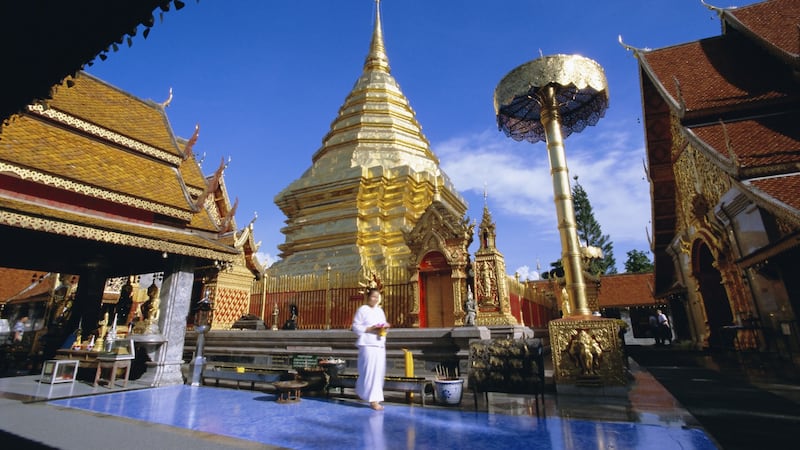
Mark and I pummel turmeric and ginseng and other strange roots into a pungent mixture before delivering it to the geriatric elephants, and although the smell is atrocious, there’s a sense of satisfaction as they take their medicine from us with their beautifully decorated trunks. The skin of the Asian elephant is a delicate pink around the eyes and top half of the trunk, and the ears are smaller than the African variety and carry torn edges.
Elephant in the art room
The nursery is an equal hive of activity as new recruits line up to take their first art lesson. Incredible as it may seem, this camp has a resident artist who teaches the elephants and mahouts to paint a variety of images. Some works reach thousands of dollars and have made the Guinness Book of Records. Each night the animals are released into the jungle but always return next morning to their mahout. Mark and I give a bull a good wash in the river – he seems to think we need a wash, too, and sprays us down. But it's not a problem as we wear a uniform so our clothes are intact in the changing room.
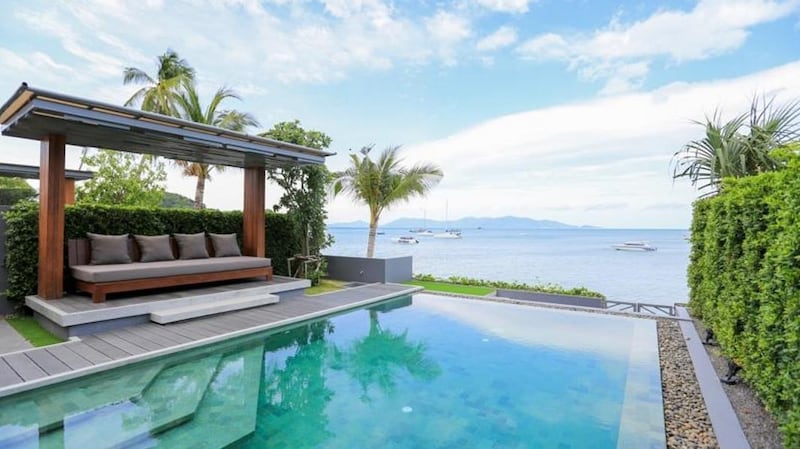
Back in our hotel I have a clear view of the second most important temple in Thailand, Wat Phra That Doi Suthep, perched high in the mountains. The gold steeples glitter, even from such a distance. Next morning I take Mark for some contemplation to the temple; it is about 20 minutes from the city and serviced by monks, who bless us and give us bracelet blessings for 20 baht, about 50 cent. There's plenty to do, from buying a tile to help pay for a new roof at the temple to burning some incense, but we are fascinated by the thousand-year-old paintings on the walls that tell the allegory of the Buddha; inspirational stuff for my 16-year-old.
Buzzing markets
At night Chiang Mai has a special buzz in the markets, and food is at the forefront. Delicately carved soaps are on display and sold in hand-painted cases. Bustling stalls sell sound systems, T-shirts and more food ? Mark picks up a wireless speaker for €30. Electronic accessories are probably the best deals.
The jungles of northern Thailand are a photographer's delight, with tiered paddy fields and rope bridges stretching between the high branches of the tamarind trees. I'm especially safety conscious while travelling with my boy so chose Eagle Trek Zipline (eagletrackchiangmai.com), as they provide the only double-chorded zipline in the area. It certainly makes me feel more secure as we buckle up and put on our helmets. The silver tour takes us through 16 zips, some short and others 200m long, as well as several rope bridges. It's a two-hour hike and great activity to share with a teen, who enjoys laughing at my clumsy landings and yelps as we abseil up and down the trees. We are served a selection of Thai food back at the base camp, and although we've put in most of the day, I've still time for a spot of sunbathing on the rooftop pool of our hotel, while my son works out in the gym. We even have time for a quick massage (for just 300 baht (about €8) before dinner.
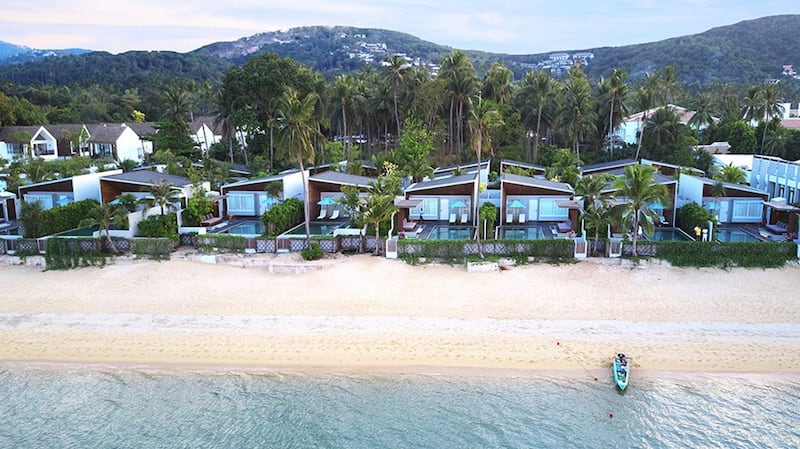
Thai boxing is hugely popular in Thailand and a reasonably priced night-time activity. Although it may seem more brutal than western boxing, it’s more gracious than MMA and just as skilful. I didn’t want to go at first, but found I got really into it, to my son’s surprise.
Three nights is the perfect amount of time to relish the flavour of Chiang Mai, but we are off next to Koh Samui. When we land, the arrivals area at the airport resembles a four-star hotel lounge, with rattan furniture and decorated ponds welcoming visitors to a place of calm and wellness.
Some of Thailand’s most luxurious wellness retreats and temples, such as Big Buddha, make Koh Samui the perfect destination for those seeking Zen. The legend of the mummified monk fascinates us, and he is worth going to see. He is perfectly preserved and sits in the position in which he died in 1973 at the temple Wat Khunaram in the south of the island. He sports a new pair of sunglasses each year to hide his eye sockets.
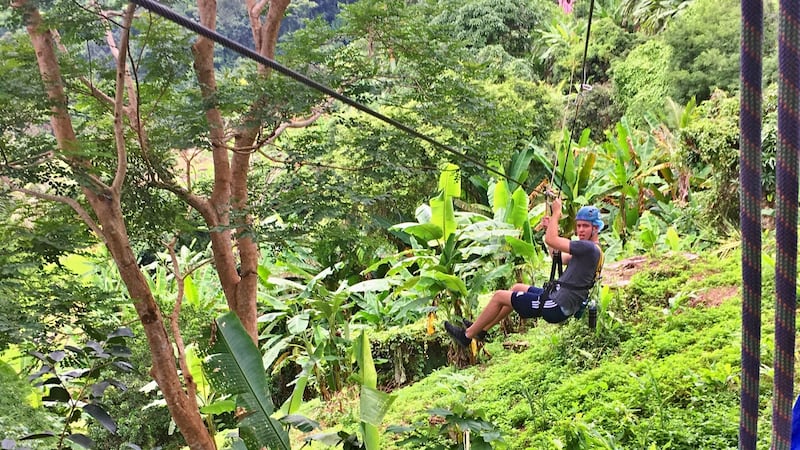
The Beach
We check into Celes Resort (celesresorts.com), a new luxury property on Bophut Beach, on the north of the island. This stretch of golden sand is nestled around a bustling fishing village. It takes about 15 minutes each evening for us to walk along the shore to the village and enjoy dinner in one of the many restaurants. I love this ritual as we close the gate on our villa and stroll to the action. Our villa has a private pool and view on to the beach looking across at Ko Pha Ngan island; but there's no full moon party for us. We are up early next morning to explore Ang Thong National Park – a cluster of more than 42 islands providing some of the best snorkelling in Thailand. We take a kayak to a private cove, feeling like characters in Alex Garland's novel The Beach. The day is filled island-hopping, and we are dropped back to our villa gate by speed boat, James Bond style.
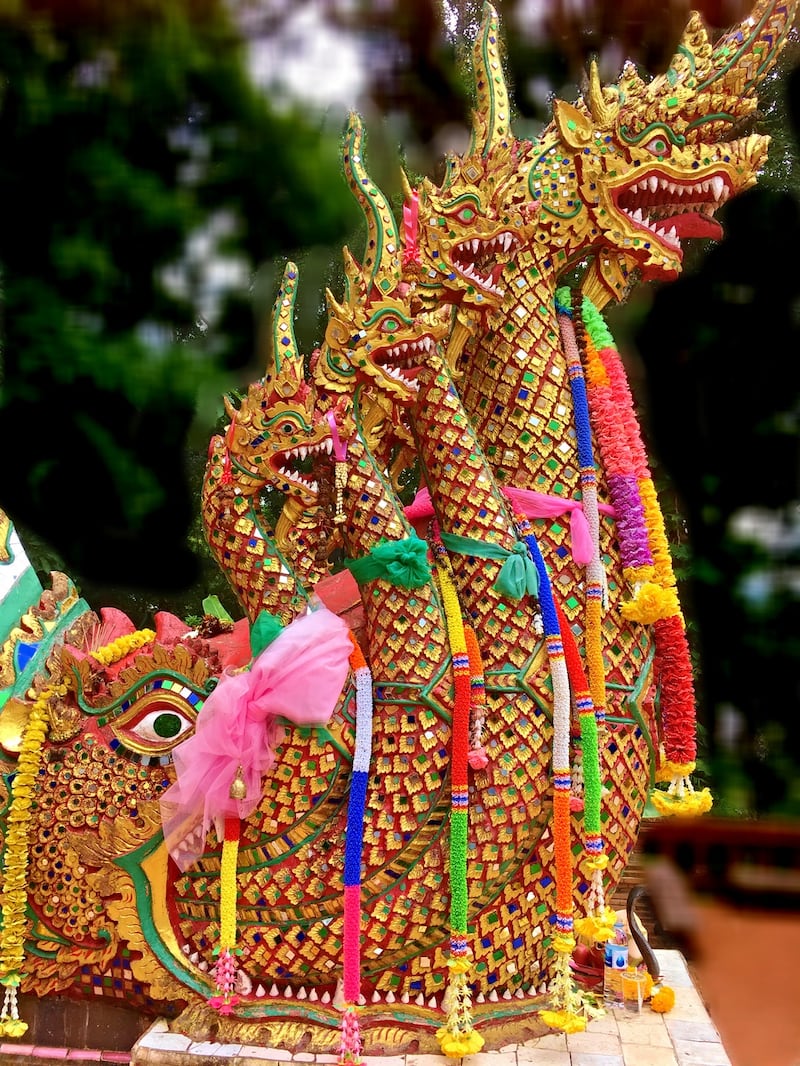
Bophut has plenty of massage parlours right on the beach, and food is excellent and really cheap. But the best way to finish the evening is with a cold beer sitting on a bean bag at Coco Ta’s. This bar puts on a fire show most nights, which is always popular, so it’s good to get there early. Watching grains of sand flashing like Catherine wheels to the smell of paraffin and excitement of the crowd is just one of a host of wonderful memories that will stay with me as the winter nights draw in. Even though Mark will probably be back here with his pals in the future, I’ve had the pleasure of introducing him to the land of smiles, a souvenir that will last a lifetime.
- Michelle and Mark were guests of Tourism Thailand. For more information see tourismthailand.org










